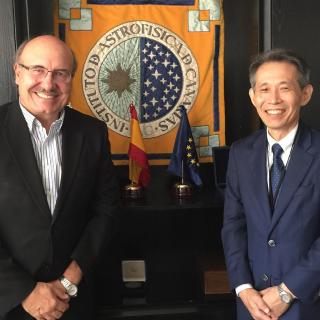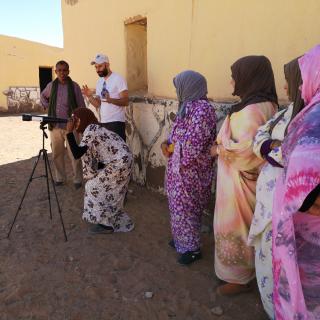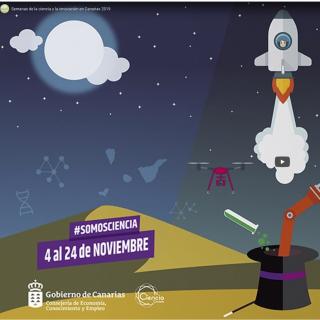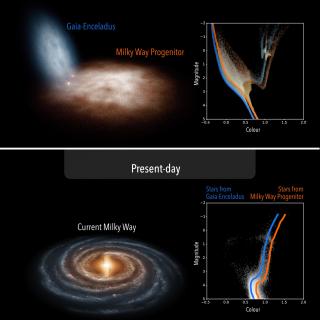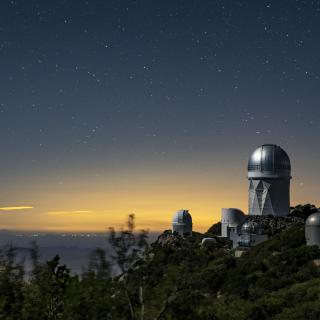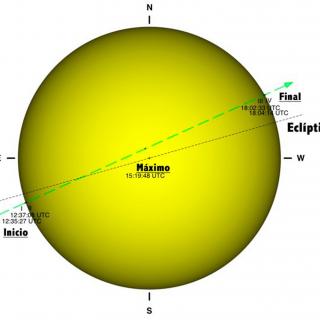
The transit of the planet will take place next Monday, November 11, from 12: 36h to 18: 04h. It will last almost five and a half hours, and will be broadcast entirely and live from the Canary Islands Observatories. Transits of the Inner Planets - Venus and Mercury - are rarer than the eclipses of Sun and Moon. On average we will have 13 transits of Mercury per century. The last transit of Venus was June 2012. We had transits of Mercury in the years 2003, 2006 and 2016 and the next one will not occur until 2032. Few readers of this article will have seen Mercury, a very small planet. Ganymede
Advertised on
